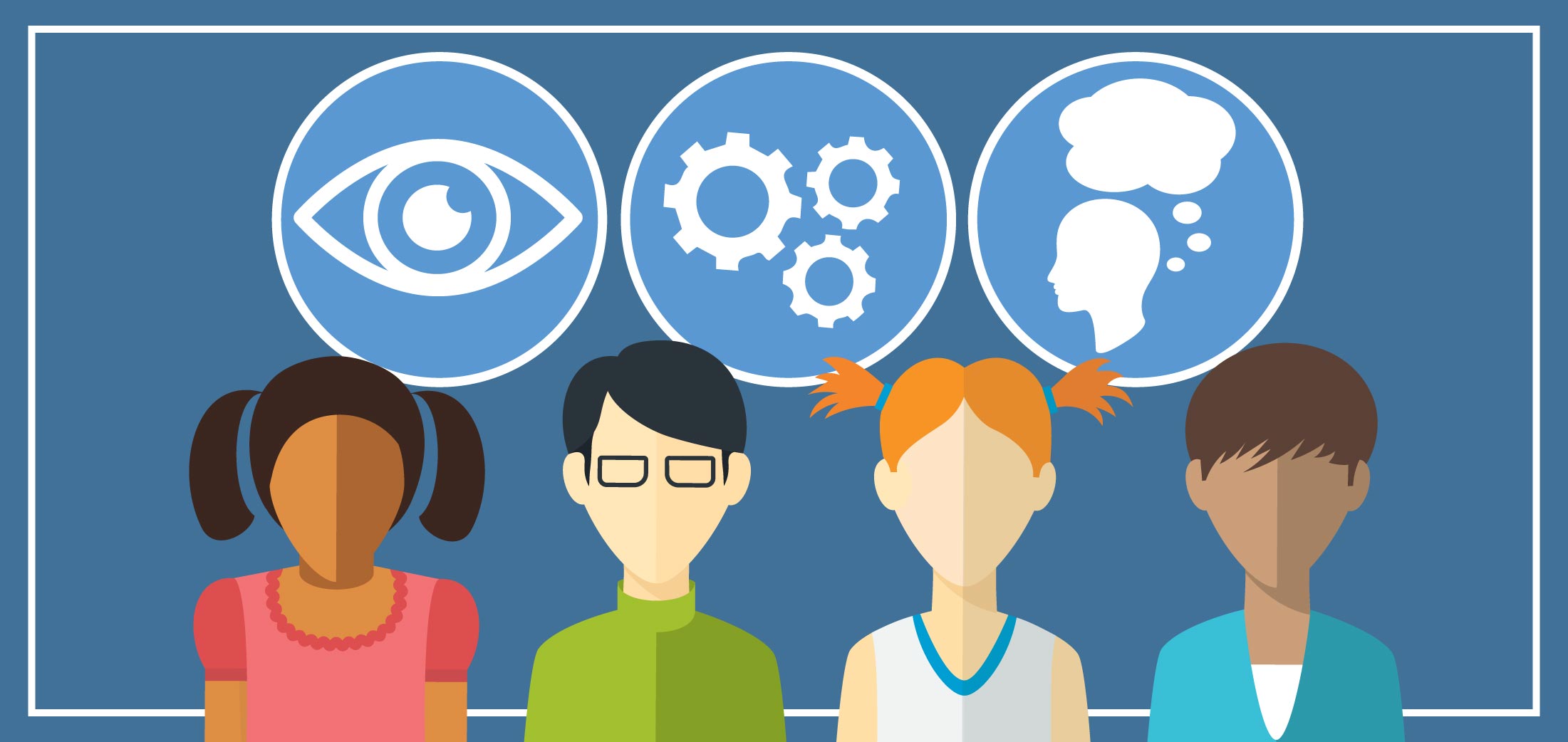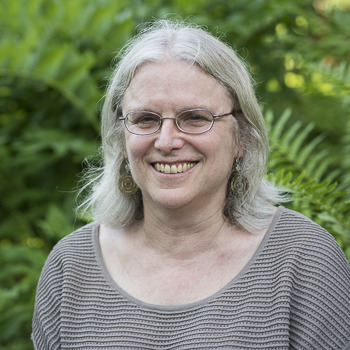

Gene Freeman, Ed.D., is superintendent of the Fox Chapel Area School District in Pittsburgh, Pennsylvania. Previously, Dr. Freeman was the superintendent of schools at Manheim Township School District in Lancaster, Pennsylvania, for six years. His tenure at Manheim Township School District was marked with improved academic outcomes and moving a multimillion dollar deficit in 2009 to a multimillion dollar surplus in 2013. He has also served as the superintendent of Weatherly Area School District in Weatherly, Pennsylvania, and as a middle school teacher, coordinator of initially licensed teachers, and executive director of support services in North Carolina. Dr. Freeman earned his bachelor’s degree from the University of North Carolina at Greensboro, his teaching certification and a master’s in elementary education from the University of North Carolina at Pembroke, his Ed.S. at South Carolina State University, and his doctorate at Fayetteville State University in North Carolina.
By Mara Krechevsky
When you’re learning in a group, you are always also learning individually. The question is: When do you do which? It comes down to how the educator balances and sequences individual learning, small group learning, and whole group learning, and the transitions between these types of learnings.
There are many ways teachers can add an individual assessment component to a group project, including self-assessments, peer-assessments, and exit tickets (e.g., students jot down one key idea gained from the experience or one unanswered question). I also think it’s helpful to ask students for their ideas on how they can demonstrate learning when working in groups. Kids will often come up with ideas that adults overlook!
Remember, too that assessments should be based on a number of indicators. Everything that the teacher is doing to support learning in groups — interacting with students, giving feedback to students, asking for peer-feedback — is data that can be used to inform the assessment of how and what students are learning.
Drawing on Making Learning Visible, a project that grew out of a collaboration with educators in preschools in Reggio Emilia, Italy, I believe that you can make learning visible throughout the learning process. These preschool educators have pointed out that in order to note that learning has taken place, you don’t need to wait until there’s a test or a final product. You can provide evidence that learning is happening during the process itself. It’s not just the product that reveals learning, it’s also the process.
One tool that helps make individual and group learning visible, and also shapes future learning, is “documentation.” At Project Zero, we define documentation as “the practice of observing, recording, interpreting, and sharing, through different media, the processes and products of learning in order to deepen learning.” Documentation can provide evidence of learning that’s not captured by most standardized tests, such as students listening to and learning from each other, thinking critically and creatively, developing a sense of esthetics or emotional understanding, and understanding what it means to be members of a democratic society.
A related Project Zero initiative, Visible Thinking, has developed thinking routines, which are easy-to-apply strategies that surface students’ thinking. For example, one simple routine called “See / Think / Wonder” can be a handy way to get student thinking out on the table. If you’re introducing students to something new, or you want to encourage thoughtful interpretation, you can ask, “What do you see? What does that make you think? What does it make you wonder?” Another routine called “I Used to Think…, But Now I Think,” can be an efficient way to get students to consolidate new understandings, and reflect on how and why their thinking has changed.
You also asked, “How can educators link collaborative, project-based learning to standards?” I think it’s important to distinguish standards from standardization or standardized tests. Standards are the key capabilities, dispositions, or skills we want students to learn. Teachers always have standards in mind when they’re engaging students in learning. A helpful practice is to make these standards visible. Why does this learning matter? Why should it matter to the students? Why should it matter to the community? Identifying overarching understanding goals or essential questions and putting them up on a wall can lend focus to project-based learning, and serve as a helpful visible touchstone for teachers and students.
Additionally, many skills and dispositions described in standards develop over time, not just in one moment or particular project. The key for many types of learning is: Can students use what they learned in one context in another situation? Learning is not something you have, but something you perform or do. To quote my colleague David Perkins, it’s how you think with what you know.
The Making Learning Visible project has a goal to create and sustain powerful cultures of learning in classrooms and across schools that nurture individual and group learning. Check out additional resources here.
At the core of Visible Thinking are practices that help make thinking visible: Thinking Routines loosely guide learners’ thought processes and encourage active processing. Access additional routines here.
The CoT project focuses on improving learning and collaboration by honing group and individual thinking processes
In collaboration with Project Zero, Professional Education at Harvard Graduate School of Education (HGSE) is offering online professional education courses that are research-based and grounded in day-to-day teaching and leadership practice. Each program promotes active, team-based learning that supports collaboration and sharing in schools and districts. Each has its own focus area but they also work well together.
This 16-minute film by Melissa Rivard and Stephanie Cox Suarez for the Documentation Studio at Wheelock College features conversations with leaders from Reggio about the practice of documentation and its role in teaching and learning.

Mara Krechevsky is a senior researcher at Project Zero at the Harvard Graduate School of Education. She is currently the Project Director of Making Learning and Thinking Visible in Italian Secondary Schools, a cross-cultural collaboration to adapt Project Zero frameworks for Italian secondary schools, and a researcher on the Pedagogy of Play Project, a collaboration with the Lego Foundation and the International School of Billund, Denmark, to develop a pedagogy for supporting learning through play from preschool to middle school. Read full bio.